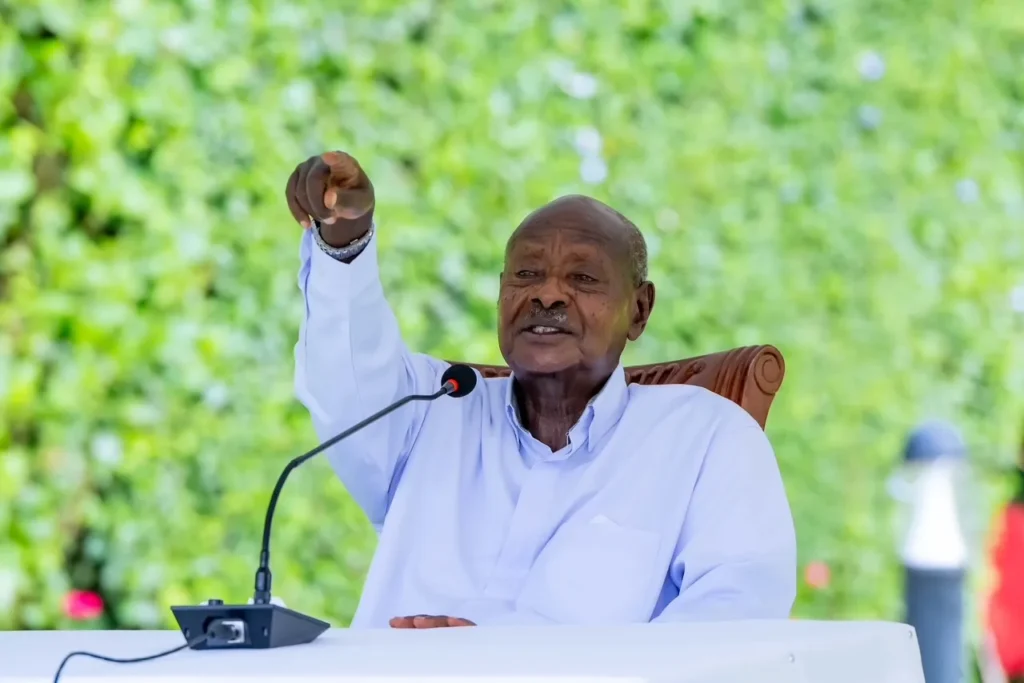On April 23, 2025, President Yoweri Museveni announced the creation of three new districts—Mukuju, Mulanda, and a third yet-to-be-named district—carved out of Greater Tororo District in eastern Uganda. The decision, revealed during a peace-building meeting at State House Entebbe, also elevated Tororo Municipality to city status, now designated as Tororo City. The restructuring aims to resolve longstanding ethnic tensions between the Japadhola and Itesot communities, improve service delivery, and strengthen governance ahead of the 2026 general elections.
The meeting, attended by traditional and religious leaders, Members of Parliament, ministers, district councillors, and local chairpersons, addressed recommendations from the London Report, a document clarifying historical boundary disputes in Tororo. Mukuju District will encompass Tororo County North and South, areas predominantly associated with the Itesot community.
Mulanda District will cover West Budama South and Central, while the third district, awaiting a name through community consultations, will include West Budama North and North-East, regions largely aligned with the Japadhola. Tororo City will serve as a neutral urban hub for the Bukedi Sub-region, retaining its current boundaries. Additionally, Kwapa and Nagongera Town Councils will be upgraded to municipalities to further decentralize services.
Museveni emphasized that the new districts will enhance access to healthcare, education, and administrative services while reducing ethnic competition over resources. Tororo Deputy Resident District Commissioner Albert Amula hailed the move as transformative, stating it will foster unity and streamline governance in a region long divided by ethnic grievances. The 2024 Uganda Population and Housing Census reports Tororo District’s population at approximately 639,700, spread across six counties, one municipality, 30 rural sub-counties, 10 town councils, 180 parishes, and 1,337 villages, underscoring the need for decentralized administration.
The Japadhola-Itesot tensions, rooted in competing claims over Tororo’s land and administrative control, have persisted for decades. The Japadhola view Tororo, including Tororo Rock, as their ancestral territory, while the Itesot assert rights to areas like Mukuju and Tororo town. Previous attempts, such as the 2005 creation of Butaleja District, failed to fully resolve these disputes. The current plan, informed by consultations led by Vice President Jessica Alupo, allocates two districts to the Japadhola and one district plus shared access to Tororo City for the Itesot, aiming for equitable representation.
Critics warn that Uganda’s 146 districts as of 2024 already strain the national budget. A 2023 Ministry of Finance report noted that district creation raises recurrent expenditure by 2.5% annually, diverting funds from health and education.
Implementation is slated before the 2026 elections, with ongoing consultations to finalize the third district’s name and boundaries. The changes are expected to reshape political dynamics in the Bukedi Sub-region, potentially creating new constituencies. While the restructuring offers a path to peace and better governance, its success depends on transparent consultations, equitable resource allocation, and addressing concerns about parliamentary growth. For now, Tororo’s residents await the realization of a more unified and accessible administrative future.

